We all desire a space that not only looks aesthetically pleasing but also serves our needs and enhances our daily routines.
If you're tired of struggling with clutter, limited storage, or inefficient layouts, it's time to take action and transform your home into a more functional space.
Read on to explore practical tips and strategies to help you optimize your living environment - from decluttering and maximising storage to rethinking your layout and incorporating smart technology, you can create a home that works for you.
Embrace Multifunctional Furniture
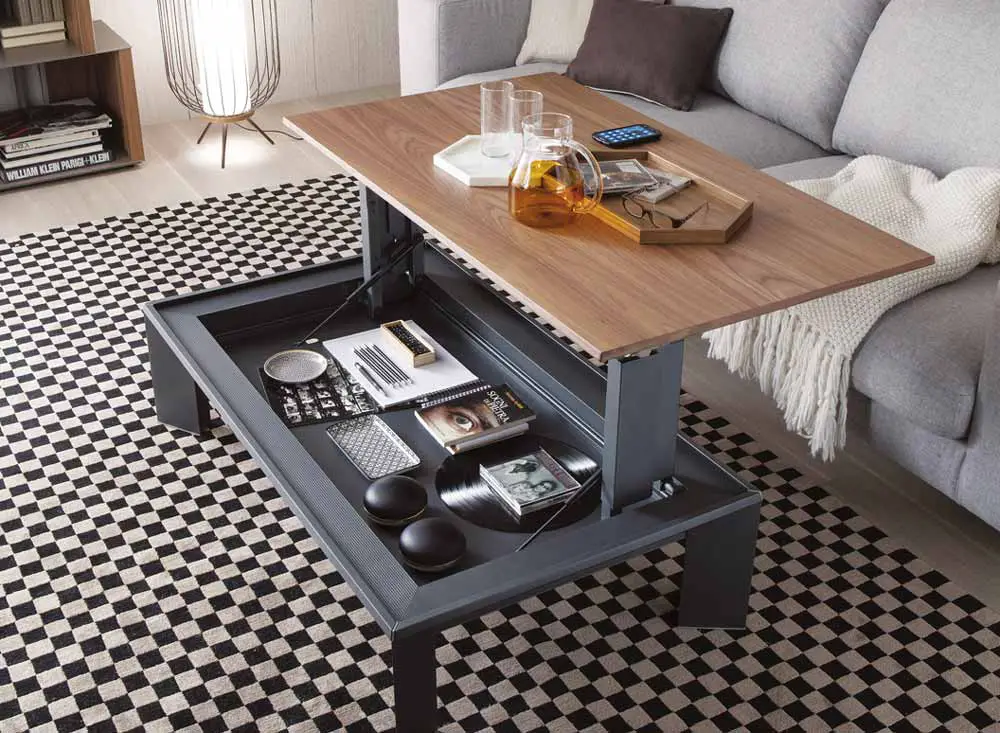
Image credit: gomodern.co.uk
Multifunctional furniture is a game-changer when it comes to increasing functionality in your home. Look for pieces that serve dual purposes and save space.
A modular sofa bed can provide seating during the day and transform into a comfortable sleeping space at night, A perfect option for a spare bedroom or playroom.
Choose coffee tables with built-in storage compartments or ones that can be raised to dining table height and consider ottomans that double as storage containers or extra seating.
By incorporating multifunctional furniture, you can optimise your space and have versatile solutions for different needs and activities as and when you need them.
Declutter and Simplify
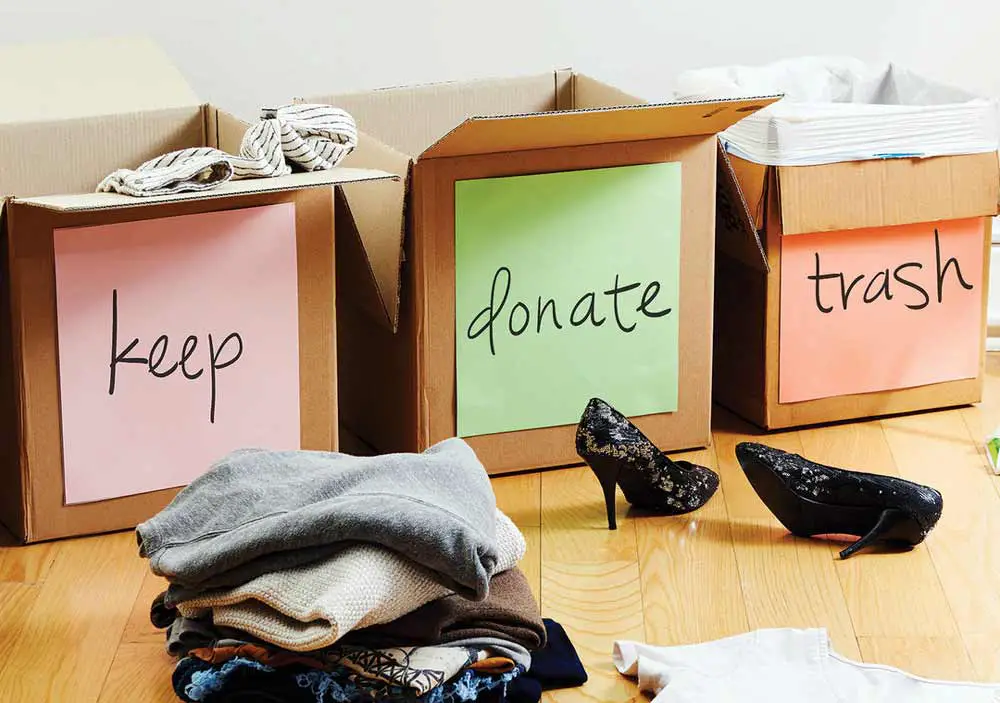
Image credit: seattlegreencleaningfairy.com
One of the first steps in creating a more functional home is to declutter and simplify your space. Start by going through each room and getting rid of items you no longer use or need.
Donate or sell items that are in good condition and discard anything that is broken or beyond repair. As you declutter, focus on keeping only the things that bring you joy, are sentimental, or serve a practical purpose.
Simplifying your possessions not only creates more space but also reduces visual clutter, making your home feel more organised and peaceful.
Maximise on Storage
Effective storage solutions are key to achieving a home that is practical and functional. Assess your existing storage options and consider areas where you can maximise your space or create additional storage areas.
Utilise vertical space by installing shelves or cabinets that reach up to the ceiling and as mentioned earlier, invest in multifunctional furniture pieces, such as ottomans or coffee tables with hidden storage compartments.
Another practical ideas is to use storage bins or baskets to organise smaller items, and label them for easy access. Additionally, consider repurposing underutilised areas, such as the storage space under the stairs or the back of closet doors, for further storage options.
Optimise Closet and Wardrobe Storage
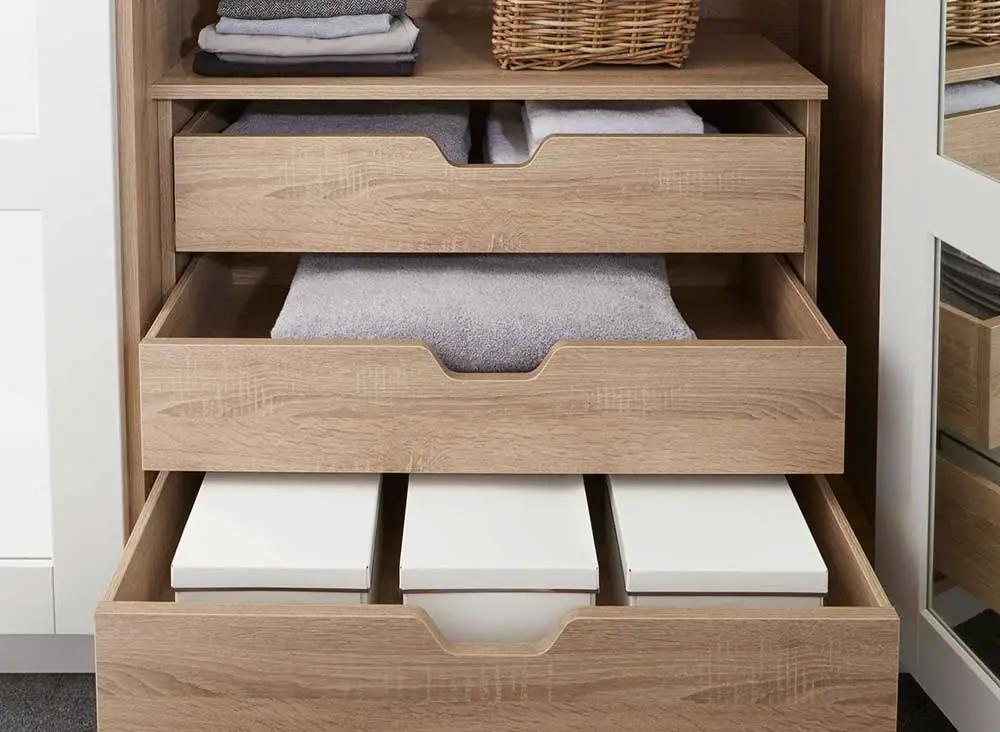
Image credit: panellingcentre.ie
Closets often become a black hole of clutter and untidiness, making it difficult to find what you need and often causing frustration.
To optimise your closet and wardrobe storage, start by decluttering and donating or selling clothes you no longer wear or need.
Install additional shelves or hanging rods to maximise vertical space and utilise drawer dividers or organisers to keep smaller items like socks and accessories in order.
Consider using other space-saving solutions such as cascading hangers or vacuum-sealed bags for seasonal clothing and maintain an organised system by arranging clothes by category or colour, making it easier to locate them quickly.
Utilise Vertical Space in Small Rooms
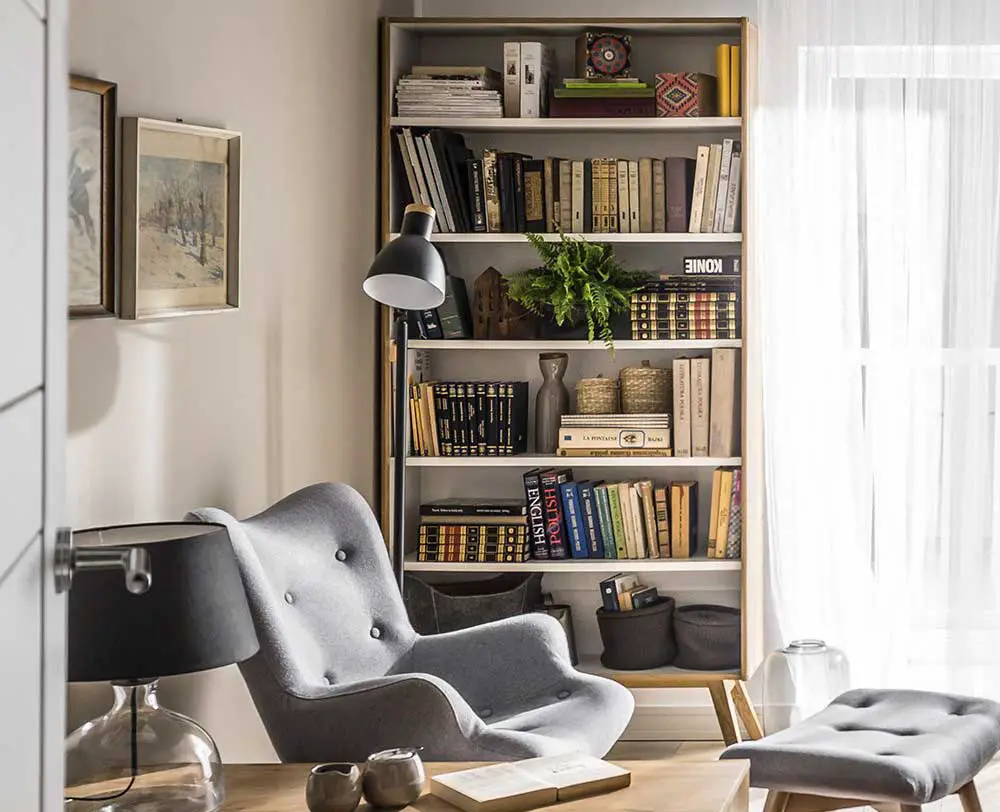
Image credit: cuckooland.com
When dealing with small rooms, it's important to maximise every inch of available space and one effective strategy is to utilise vertical space.
Install vertical shelving or tall bookcases that reach the ceiling to create additional storage for books, decorative items, or even baskets for organising smaller items. Consider mounting wall hooks or pegboards to hang coats, hats, and bags and using floating shelves or wall-mounted cabinets in the bathroom to store toiletries and towels.
By taking advantage of vertical space, you can free up floor space and create a more functional and open atmosphere in any small room.
Functional Storage Solutions for Children's Rooms
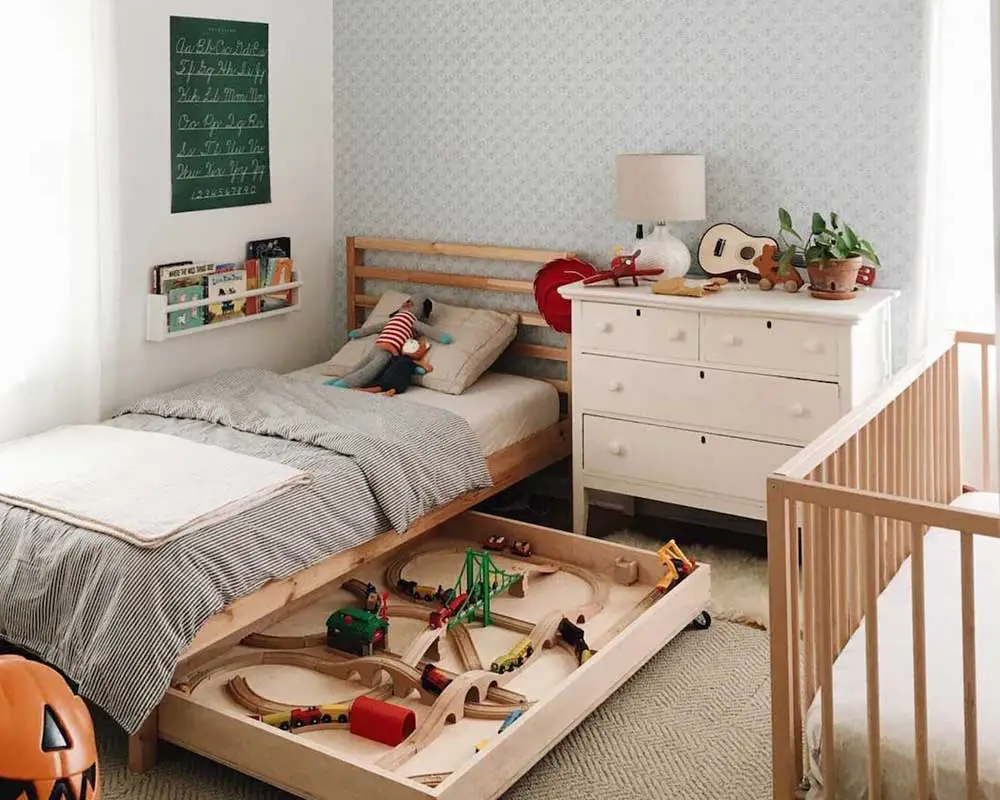
Image credit: stylecurator.com.au
Children's rooms and play areas often become cluttered and disorganised for obvious reasons, making it challenging for them to play, and for you to maintain a tidy home.
To make these spaces more functional, focus on creating practical storage solutions that they can easily use. Install shelves or cubbies at accessible heights for toys, books, and games and use labelled bins or baskets to organise and store smaller items.
Also consider incorporating under-bed storage or storage benches to maximise on storage and create extra space and hang hooks or racks for backpacks, hats, and jackets.
Maybe most importantly for the longer term, is to teach your children the importance of tidying up and establishing a routine for putting away toys and belongings. You'll not only encourage them to be more tidy and organised, but it will also make their playtime more enjoyable.
Rethink Your Layout
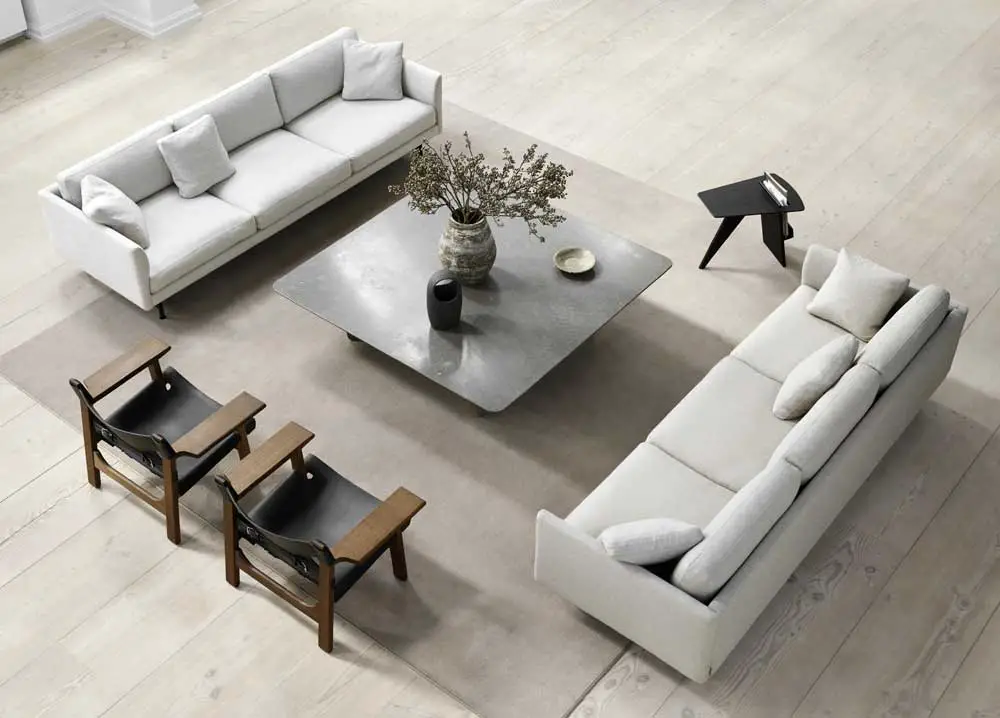
Image credit: catesthill.com
The layout of your home plays a crucial role in its functionality. Take a fresh look at each room and evaluate whether the current layout makes the most of the space and flow that you have. Consider rearranging furniture to create more open and inviting spaces.
Remove any unnecessary obstacles or furniture that obstruct movement and if possible, create dedicated zones for different activities, such as a study area or a relaxation corner.
Experiment with different furniture arrangements until you find the most efficient and practical layout for your needs.
Incorporate Smart Technology
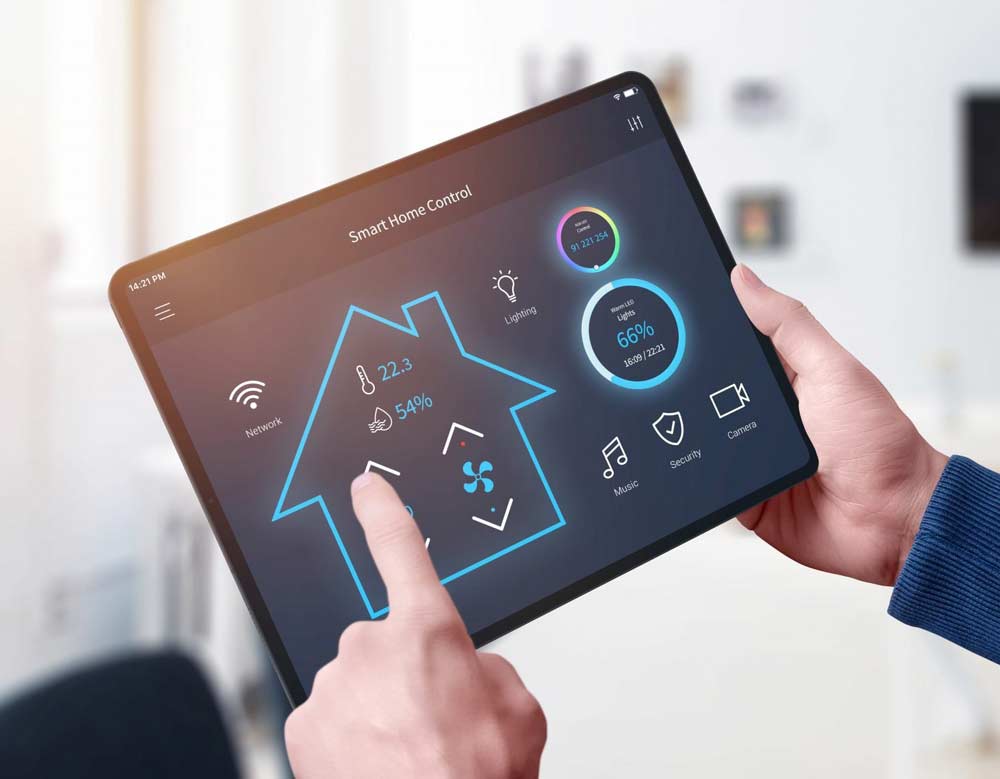
Image credit: aspireluxuryproperties.com
Smart technology is widely used in many modern homes and can significantly enhance the functionality of any space. Consider integrating smart devices and systems that automate everyday tasks and improve efficiency.
Install programmable thermostats to regulate temperature and save energy and invest in smart lighting solutions that can be controlled remotely or set on timers.
Explore smart home security systems for added peace of mind and explore the world of smart appliances, such as refrigerators with built-in screens for meal planning, or washing machines with app connectivity for controlling remotely.
Home Automation
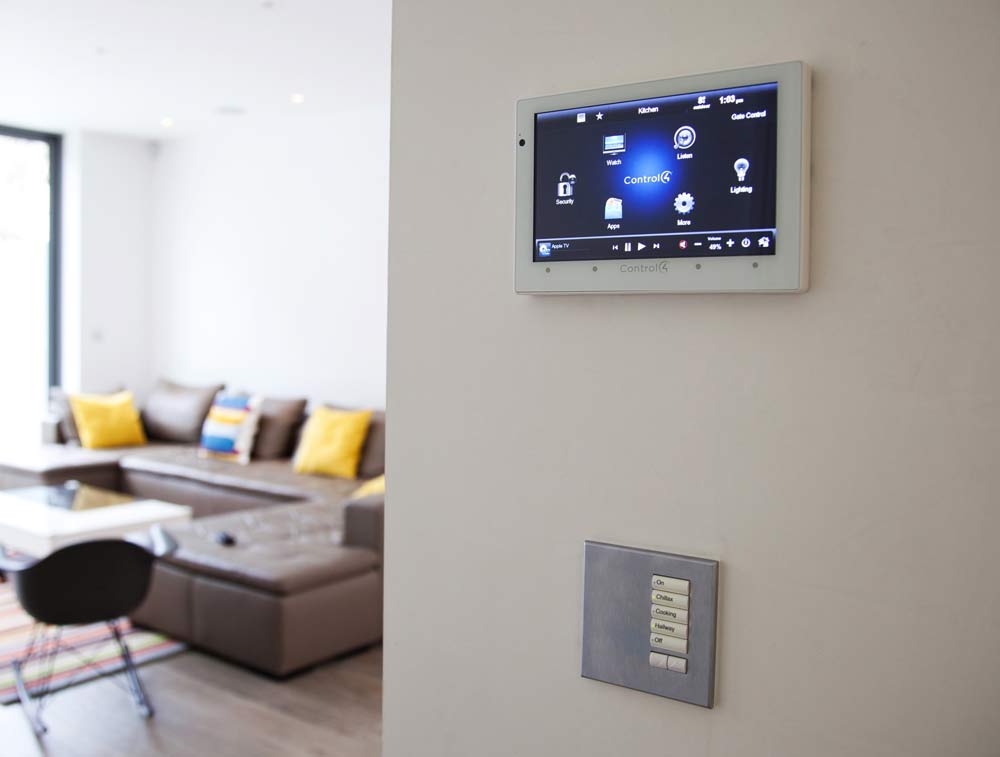
Image credit: finitesolutions.co.uk
Smart home automation technology can revolutionise the functionality and convenience of your home. Integrate smart devices and systems that allow you to control various aspects of your home with ease
Install a smart thermostat to regulate temperature and control energy usage and use smart plugs or switches to control lighting and appliances remotely.
Incorporate a smart home security system that provides surveillance, doorbell cameras, and remote access - Explore voice assistants that allow you to control various functions through voice commands.
With smart home automation, you can streamline daily tasks, enhance security, and create a more efficient and connected living environment for you and your family.
Enhance Workflow in the Kitchen
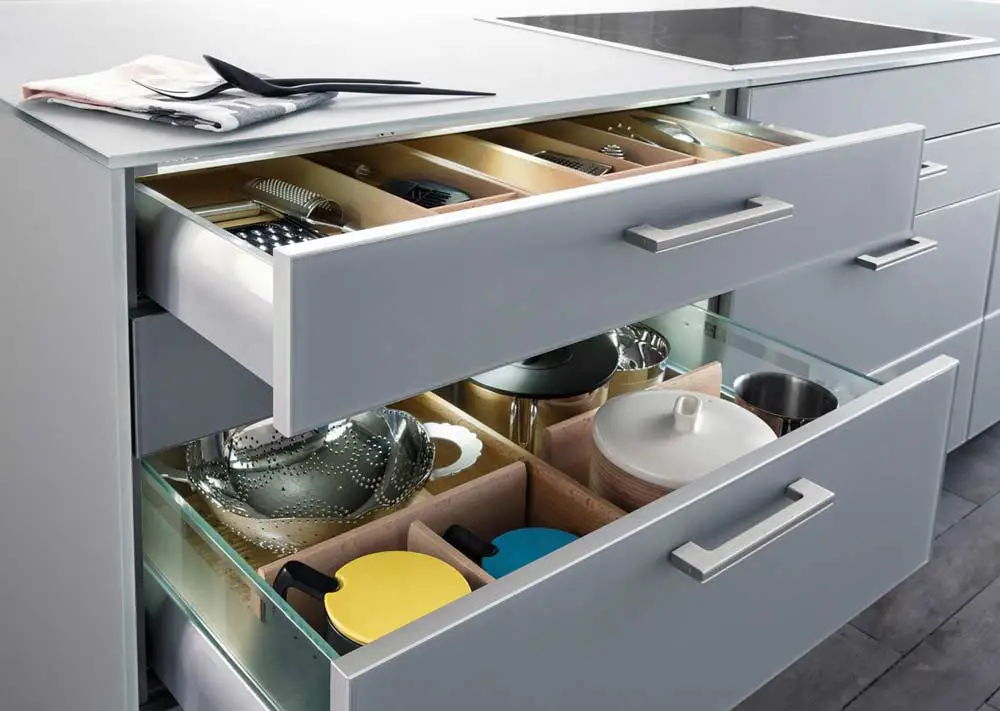
Image credit: mindfood.com
For many families the kitchen is the heart of the home, so optimising its functionality can greatly improve your cooking experience. Start by decluttering countertops and organising kitchen tools and utensils in drawers or cabinets and consider installing a pegboard or magnetic strip to keep frequently used items within reach.
Evaluate your entire workflow and ensure that the refrigerator, sink, and stove are positioned in a functional triangular layout for easy movement and efficient use.
You could also invest in additional storage solutions such as pull-out pantry shelves or corner carousel cabinets to make the most of all under utilised cupboard space.
Finally, make use of drawer dividers and cabinet organisers to keep pots, pans, and containers neatly arranged and easily accessible.
Create Efficient Home Workspaces
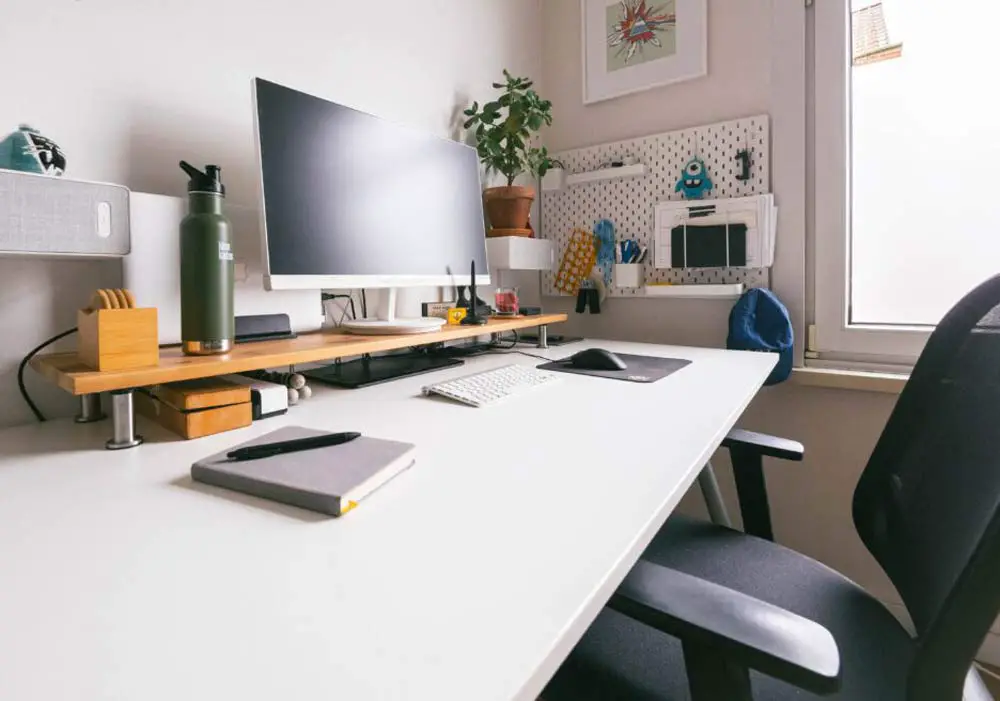
Image credit: whingewhingewine.co.uk
Whether you work from home or need a designated area for tasks like completing paperwork, paying bills or studying, creating efficient workspaces is a necessity.
Choose a quiet and well-lit area in your home where you can focus on the task in hand and won't be bothered every 5 minutes. Invest in a comfortable ergonomic chair and a desk that suits your needs, whether it's a standing desk or one with ample storage.
If you are not a fan of unsightly cables and wires being on show, use cable management solutions to keep cords organised and out of sight.
Also consider incorporating wall-mounted storage, such as floating shelves and cubbies for office supplies and files.
Finally, to make the area more homely, personalise your workspace with inspiring decor and plants to boost productivity and create a pleasant environment.
Streamline Bathroom Organisation
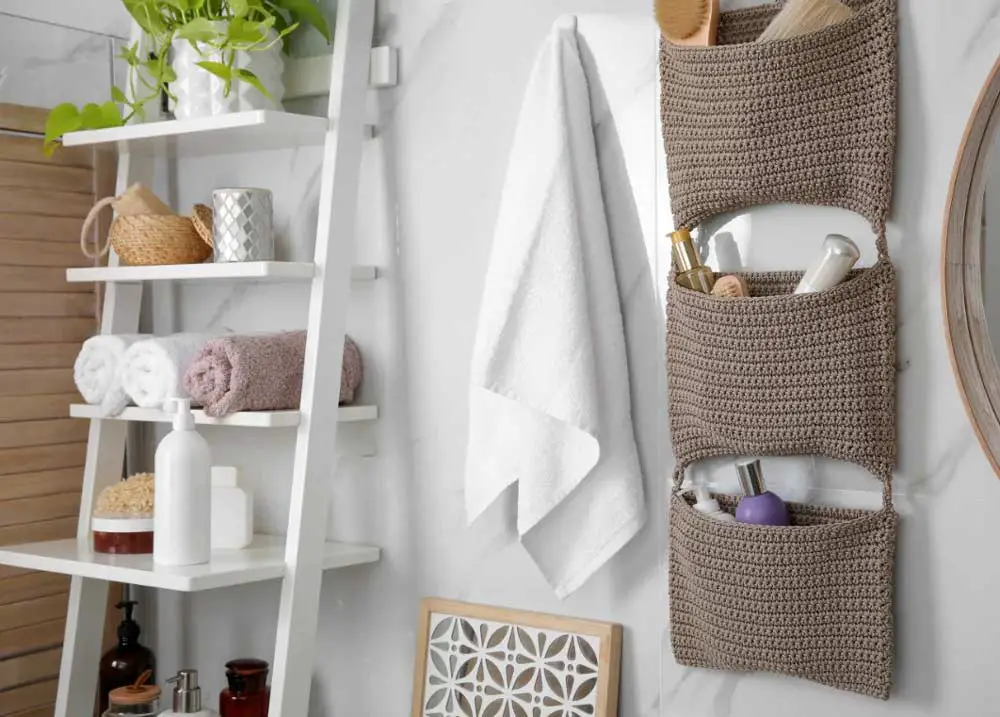
Image credit: trueformconcrete.com
The bathroom is another area where functionality is key. Begin by decluttering expired toiletries and items you no longer use and install wall-mounted shelves or floating cabinets to create additional storage for towels, toiletries, and cleaning supplies.
Utilise drawer dividers or organisers to keep makeup, hair accessories, and other small items organised together. Install hooks or towel bars for easy access to towels and robes and maybe even consider using labelled bins or baskets to store extra toilet paper, cleaning supplies, or bath toys.
For a more tidy and minimalist look, keep countertops clear by using caddies, tubs or trays to corral frequently used items like toothbrushes and hand soap.
Designate a Mudroom or Hallway Area
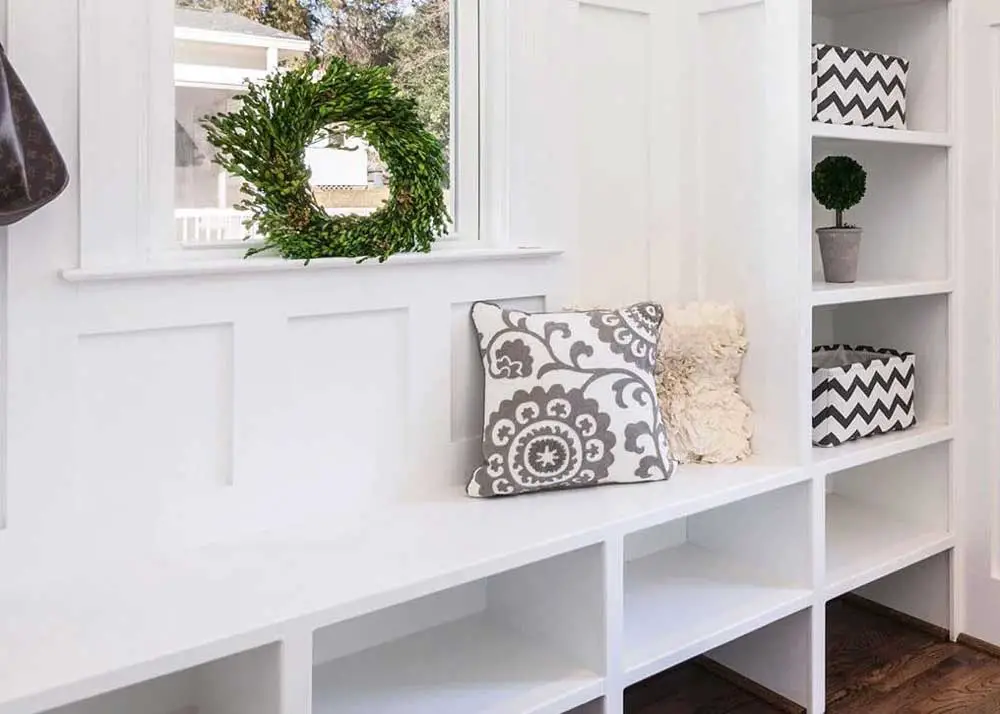
Image credit: displaysense.co.uk
Creating a designated mudroom or hallway area is another highly practical way to keep your home organised and functional. If you have a dedicated area near the entrance, utilise it to its full potential by installing hooks or a coat rack for hanging jackets, bags, and umbrellas and place a shoe rack or storage bench to provide a convenient spot for taking off and storing shoes.
You can also incorporate a small table or wall-mounted shelf for keys, wallets, and mail.
By making your hallway more organised, you'll have a practical space to unload and store belongings, keeping the rest of your home and hall space clutter-free.
Create a Command Centre
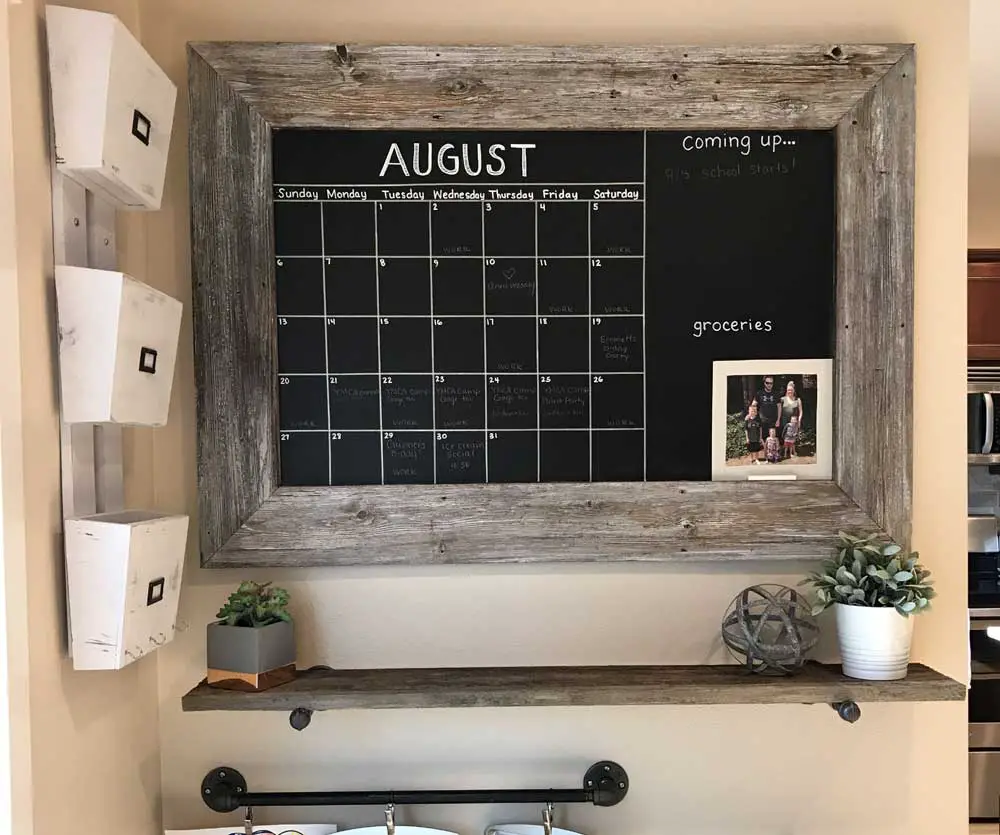
Image credit: pinterest.com
A command centre is a central place where you can keep track of important information and schedules. Utilise a wall or corner of a room as the homes command centre, by Installing a large calendar or a whiteboard to jot down appointments, reminders, and to-do lists. You could also hang a bulletin board or magnetic board for pinning notes, invitations, and important documents and include a file organiser or folder system for bills and paperwork.
Customise the command centre to suit your particular family's needs, whether it's adding hooks for keys or creating a section for school-related items.
By having a command centre in your home, you will be able to stay on top of general tasks and important appointments, ensuring that everyone in the household is informed and well organised.
My Final Thoughts
Transforming your home into a more functional space is a rewarding endeavour that I believe can improve your quality of life and streamline your daily routines.
By decluttering, maximising storage space, rethinking your layout, and incorporating smart technology, you can create an environment that works much better for both you and your family.
Remember that functionality goes hand in hand with aesthetics, so find a balance between practicality and personal style. There is no doubt that your home can become a haven of functionality and efficiency.


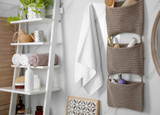
 Author: Matthew Chiappini
Author: Matthew Chiappini